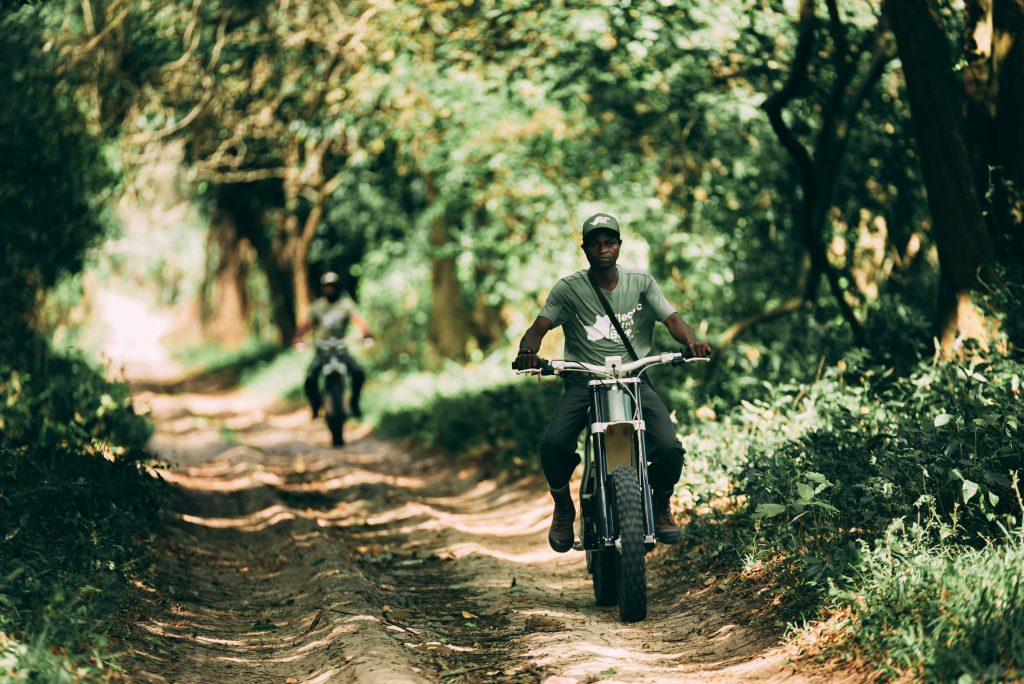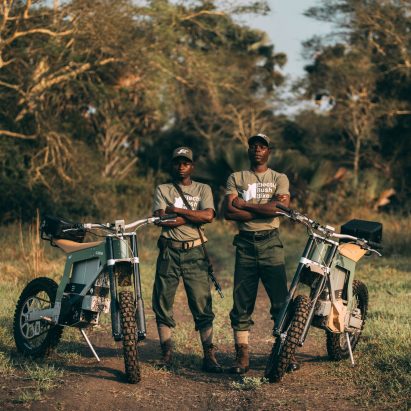

Swedish brand Cake has created an electric motorbike specifically for use in the remote South African bush that is "super-efficient" at catching animal poachers.
The Ösa AP (anti-poaching) bike, which was unveiled by Cake an expo in Denver last month, allows rangers to quietly track poachers.
"Before with the combustion engine bikes, the poachers would hear the guys four-to-five minutes away and just pack up and leave," Cake chief executive Stefan Ytterborn told Dezeen.
"In this case, they can sneak up on the poachers without being heard until they're really, really close."
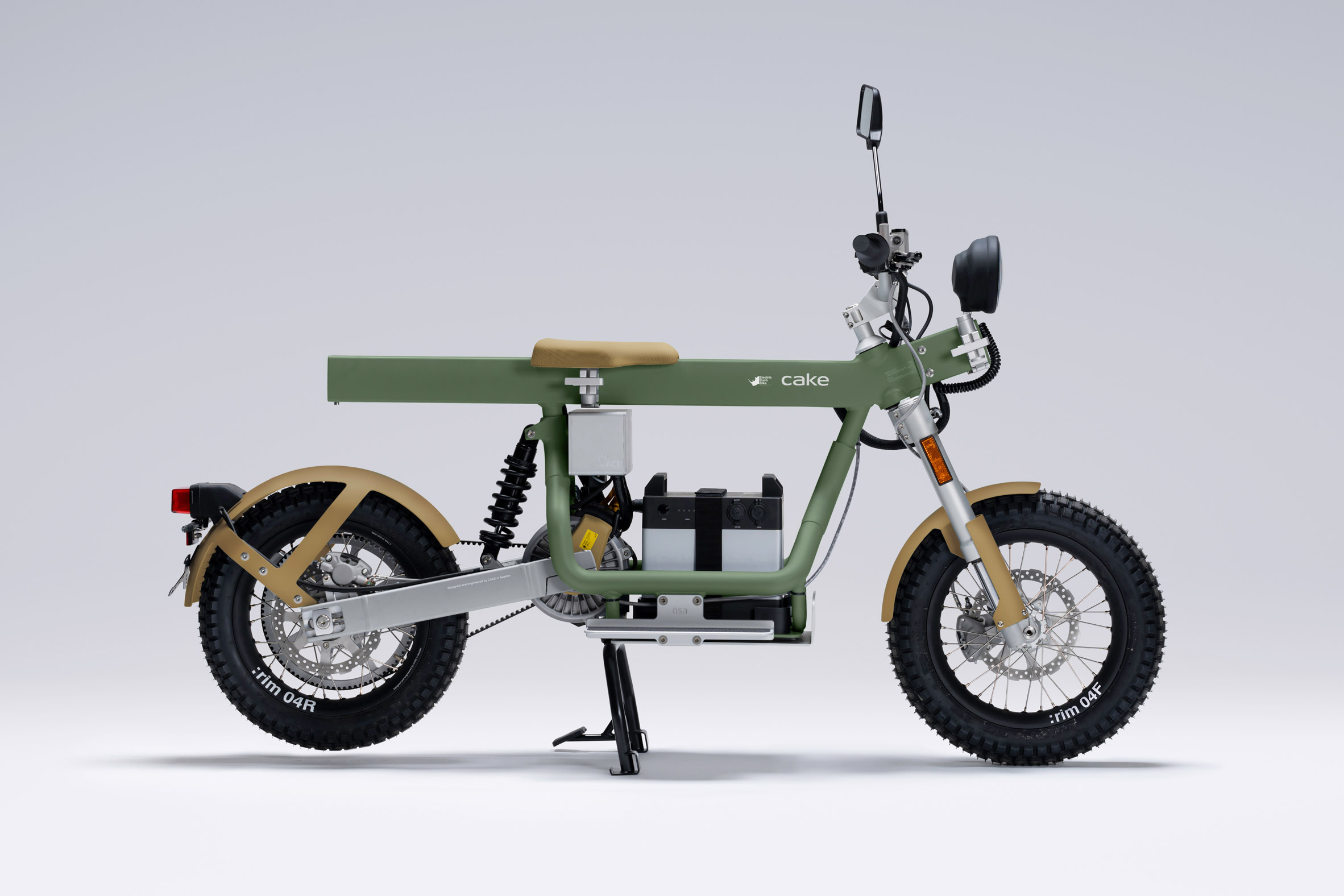 Cake unveiled the Ösa AP in late January
Cake unveiled the Ösa AP in late January
As well as the lack of noise, the solar-charged Cake anti-poaching bikes also negate the need for costly and polluting truck or helicopter deliveries of petrol out into the remote bush.
It is the second product in Cake's Electric Bush Bike range after its Kalk AP was trialled last year by the Southern African Wildlife College.
Cake entered the electric motorcycle market in 2018 with the lightweight motorcross-style Kalk, followed by the workbench-bearing Ösa a year later.
For the anti-poaching series, these models have been adapted to cope with the demands of travelling off-road through the South African outback.
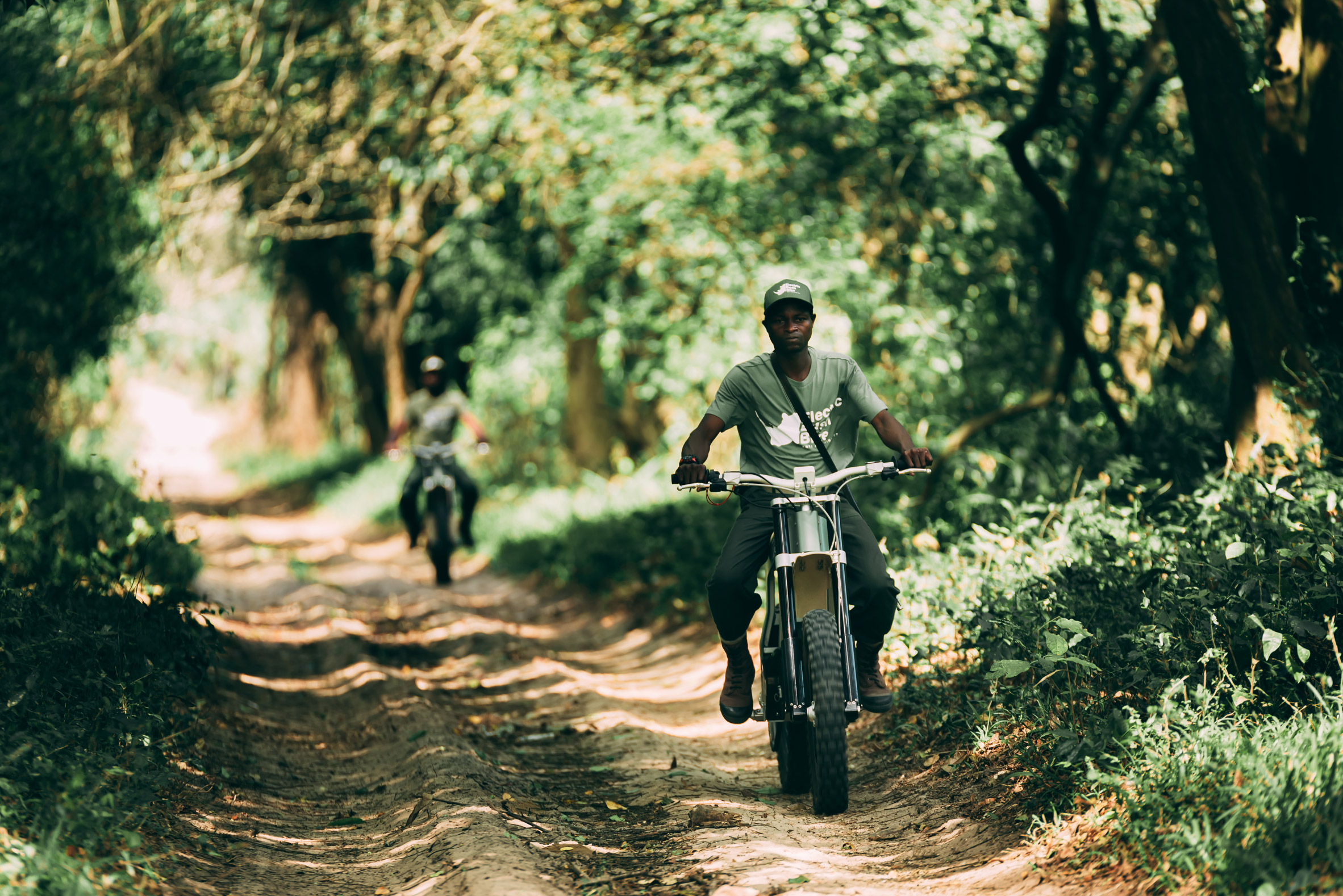 The Cake anti-poaching bikes are silent, making it easier for rangers to catch illegal poachers
The Cake anti-poaching bikes are silent, making it easier for rangers to catch illegal poachers
That meant sealing the bikes' motors and drivetrains to protect against dust while finding new cooling solutions in order to mitigate the loss of ventilation, as well as fitting wider wheels and tyres to enable riding through muddy terrain.
Cake developed its software to allow the bikes to switch quickly between prioritising range and speed, depending on whether they are patrolling the bush or chasing down poachers.
Extra communication kit was also fitted to help riders contact the ranger camp while on patrol.
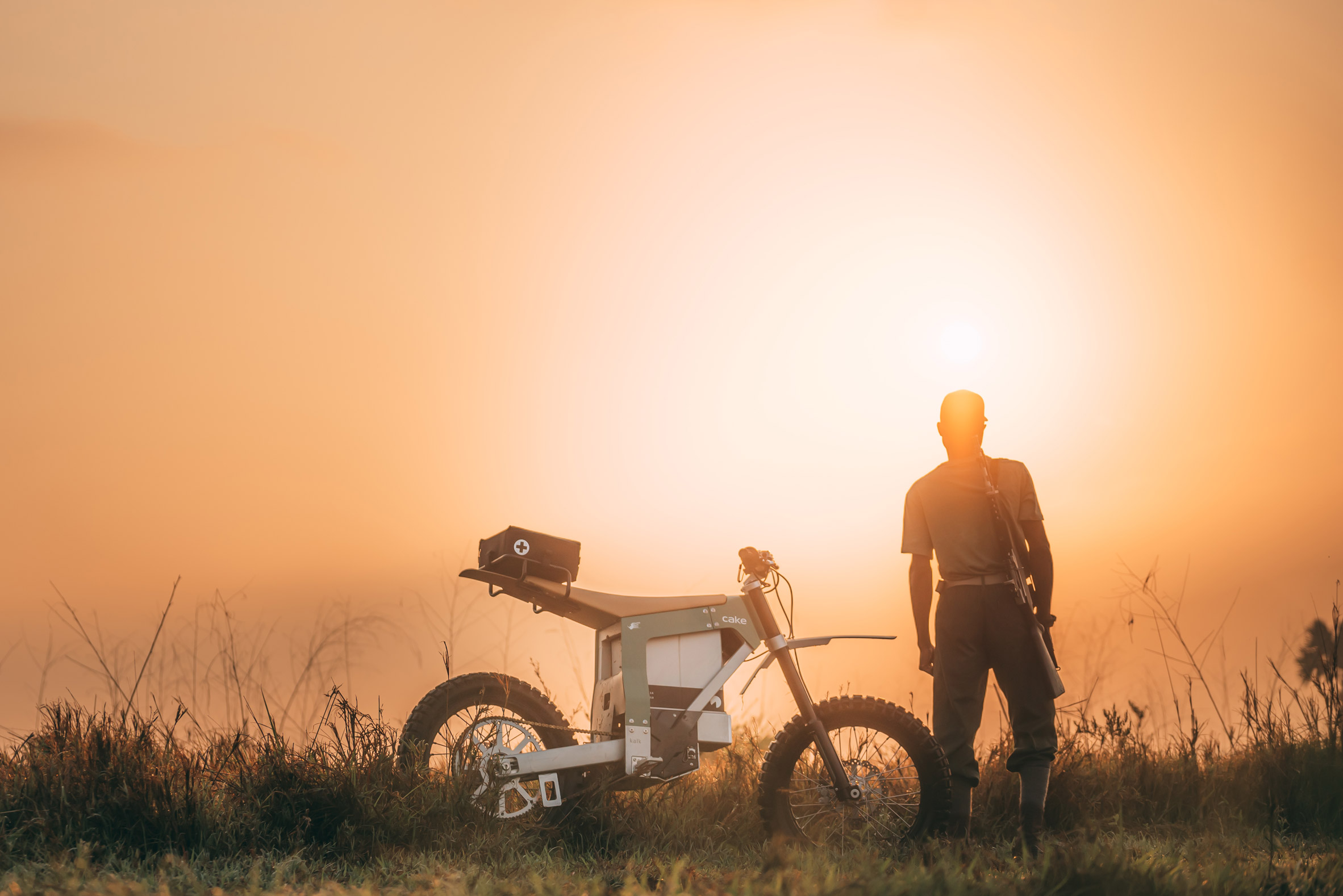 The Ösa AP is joins the Kalk AP in Cake's Electric Bush Bike series
The Ösa AP is joins the Kalk AP in Cake's Electric Bush Bike series
Working with the US company Goal Zero, Cake also produced a solar-charged mobile power station for the Electric Bush Bikes.
"We pretty much started from scratch developing a bike that would deal with the African climate, whether that be humidity, mud, dust, and so forth; sealing bikes, and developing specific software to support their riding needs," said Ytterborn.
 Cake says the Kalk APs have proved "super-efficient" for catching poachers
Cake says the Kalk APs have proved "super-efficient" for catching poachers
He added that since it began five months ago, the trial with the Southern African Wildlife College had shown the Kalk AP to be "super-efficient" for catching poachers.
Cake claimed the bikes have proven successful at assisting conservation, protecting the lives of wild suni, red duiker and blue duiker antelopes, while also significantly cutting carbon dioxide emissions and running costs – in turn allowing the college to hire more rangers.
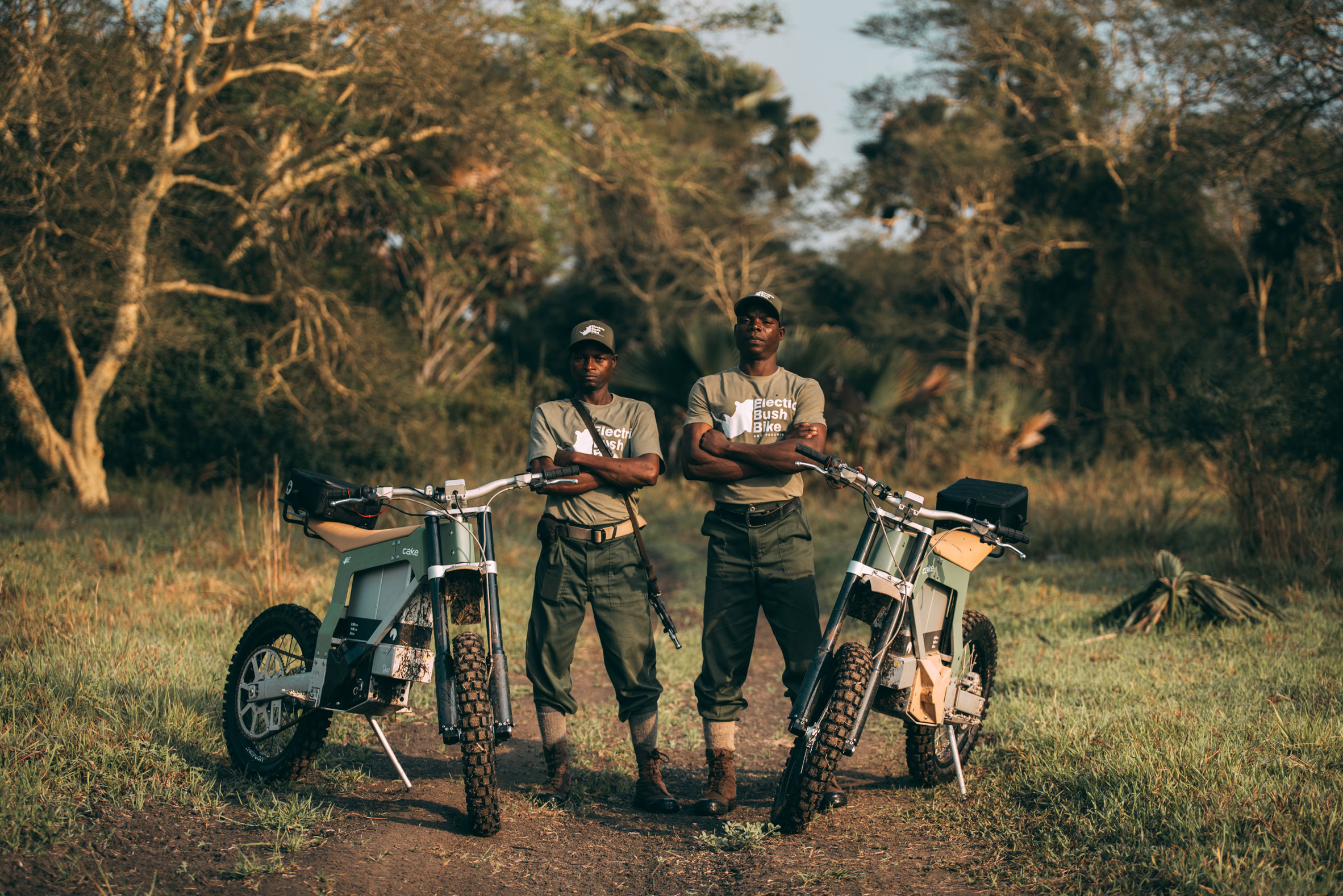 Thanks to their solar-powered batteries, the bikes eliminate the need to transport fuel out into the bush
Thanks to their solar-powered batteries, the bikes eliminate the need to transport fuel out into the bush
In total, ten bike have been donated to the Southern African Wildlife College, funded by private purchases of Cake products, with the launch of the Ösa AP intended to keep up the project's momentum.
Three per cent of the proceeds from purchases of Cake's AP bikes and apparel go to the college.
Part of the purpose of the anti-poaching initiative is to help Cake further develop the durability of its bikes in order to extend their useable lifetimes and so be more sustainable.
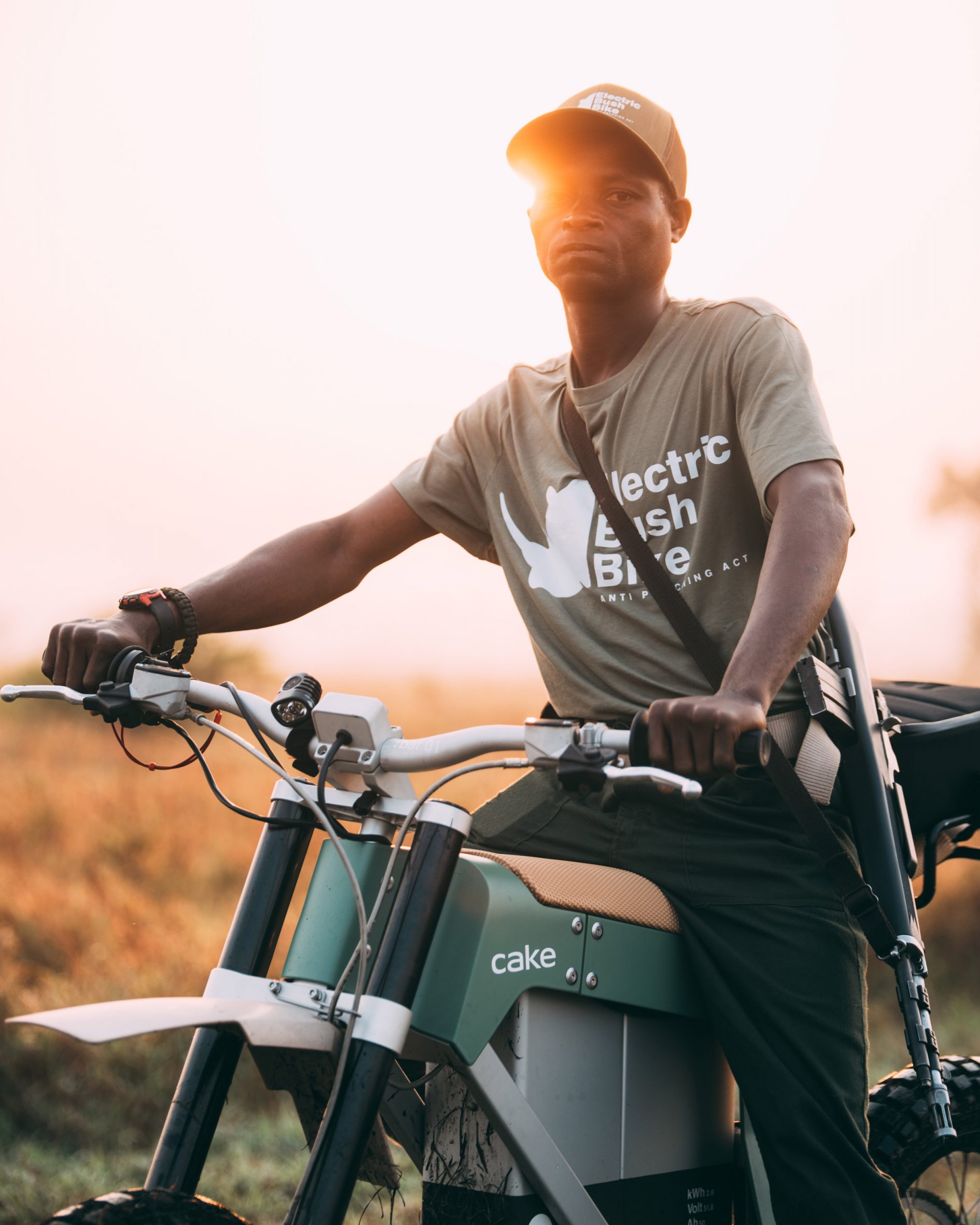 It is hoped that the anti-poaching initiative will help develop longer-lasting, more durable motorcycles for everyday uses
It is hoped that the anti-poaching initiative will help develop longer-lasting, more durable motorcycles for everyday uses
"We have a strong commitment to sustainability, and I would say that the biggest threat to sustainability is our pace of consumption, so on our side it's all about extending life cycles," said Ytterborn.
"And therefore, it's crucial for us to develop bikes that can stand jumping 30 metres, doing a double flip, or doing whatever it is that may be needed for anti-poaching in Africa, or for polar expeditions, so we can implement those learnings about durability and longevity in our bikes for more ordinary uses."
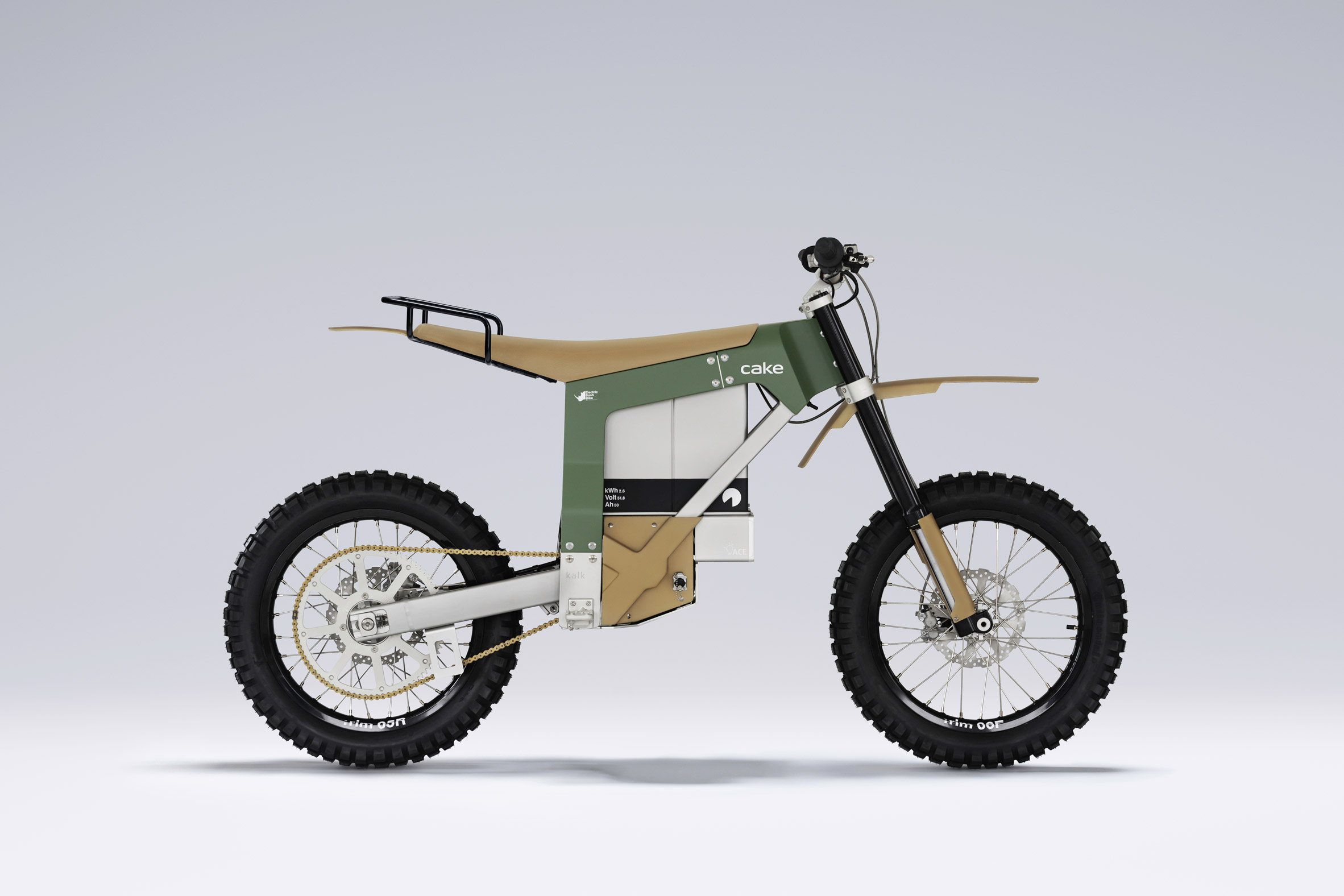 Kalk AP was the first bike in Cake's Electric Bush Bike range
Kalk AP was the first bike in Cake's Electric Bush Bike range
Ytterborn admitted that the AP bikes currently in use are not yet "perfectly attuned", with dust clogging issues meaning they must be cleaned daily, but that he expects the models to be optimised over the rest of the two-year trial in South Africa.
It is now exploring alternative uses for the Electric Bush Bikes, including a current project, which would see them distribute Covid and malaria vaccines in rural Ghana and charge medical fridges with their mobile batteries.
[ 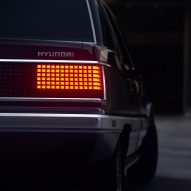
Read:
Dezeen's top 10 non-fossil fuel car and truck designs of 2021
](https://www.dezeen.com/2021/12/22/non-fossil-fuel-electric-cars-vehicles-review-2021/)
The Ösa AP is described by Cake as an "off-grid transporter". It was designed to haul heavy loads, while running on an extra-powerful battery that can be used to power electrical equipment.
A long, flat bar along its length can be used to attach baskets, bags and tools in more than a thousand possible configurations.
It comes in versions equivalent to a 50cc moped or a 125cc motorcycle, both of which are street legal in the US and Europe.
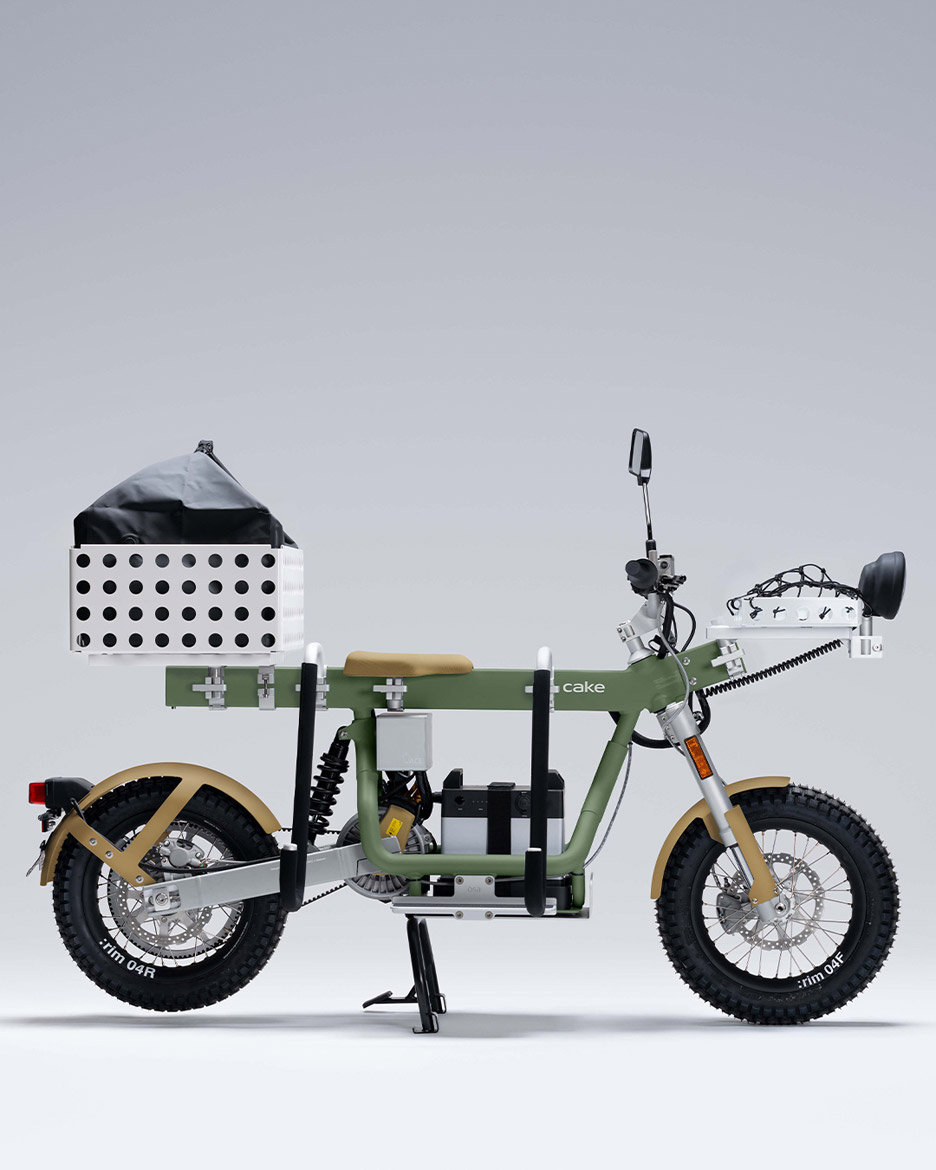 Cake has touted the Ösa as a portable and adaptable powered workbench
Cake has touted the Ösa as a portable and adaptable powered workbench
The non-street-legal Kalk APs can hit speeds of more than 90 kilometres per hour, weighing 62 kilograms with a battery range of up to three hours.
Cake has also has produced a city moped, the Makka, and developed versions of its bikes optimized for racing and deliveries.
Previous motorbikes featured on Dezeen include the "world's first" fully 3D-printed motorbike and Harley-Davidson's first electric motorcycle.
The photography is courtesy of Cake.
The post Cake releases anti-poaching electric motorbike for South African park rangers appeared first on Dezeen.
#all #transport #design #southafrica #vehicles #motorcycles #electricvehicles
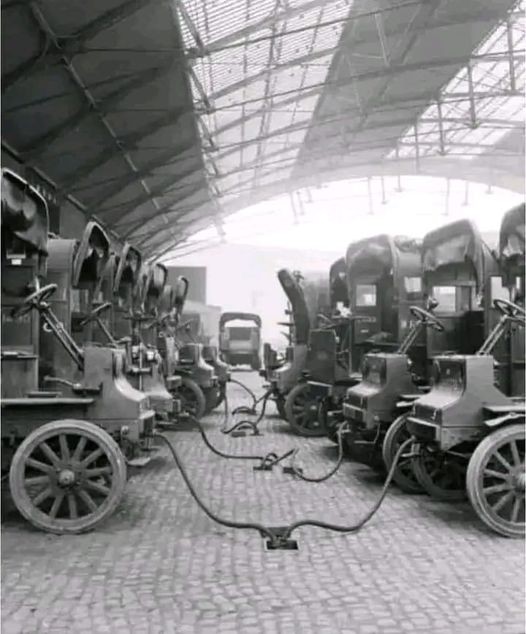







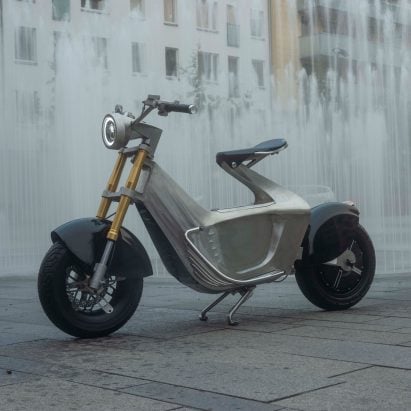
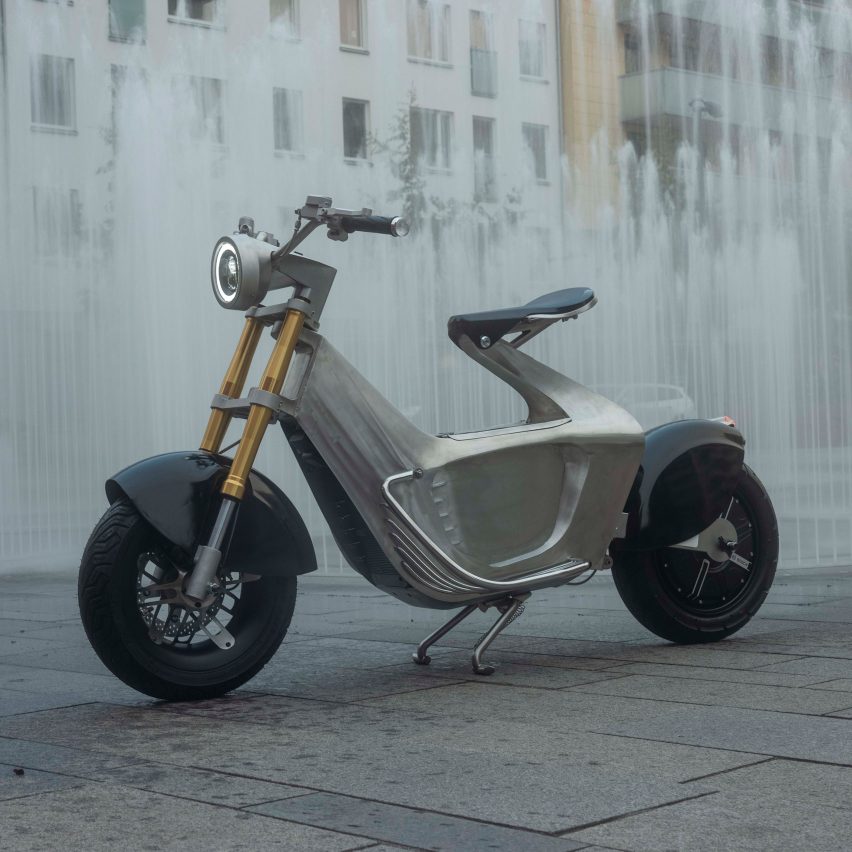
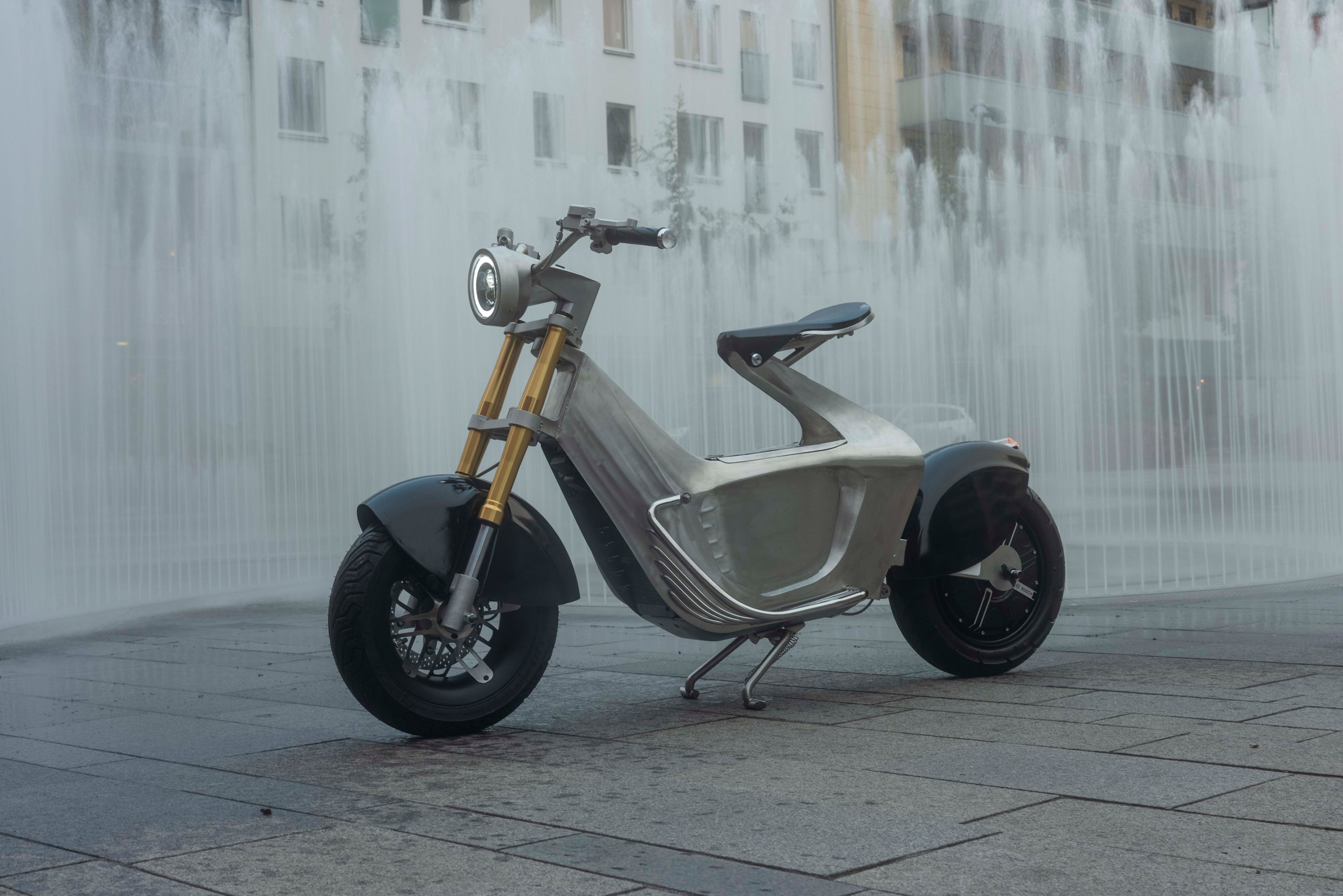 The SUS1 is the first product from Swedish company Stilride
The SUS1 is the first product from Swedish company Stilride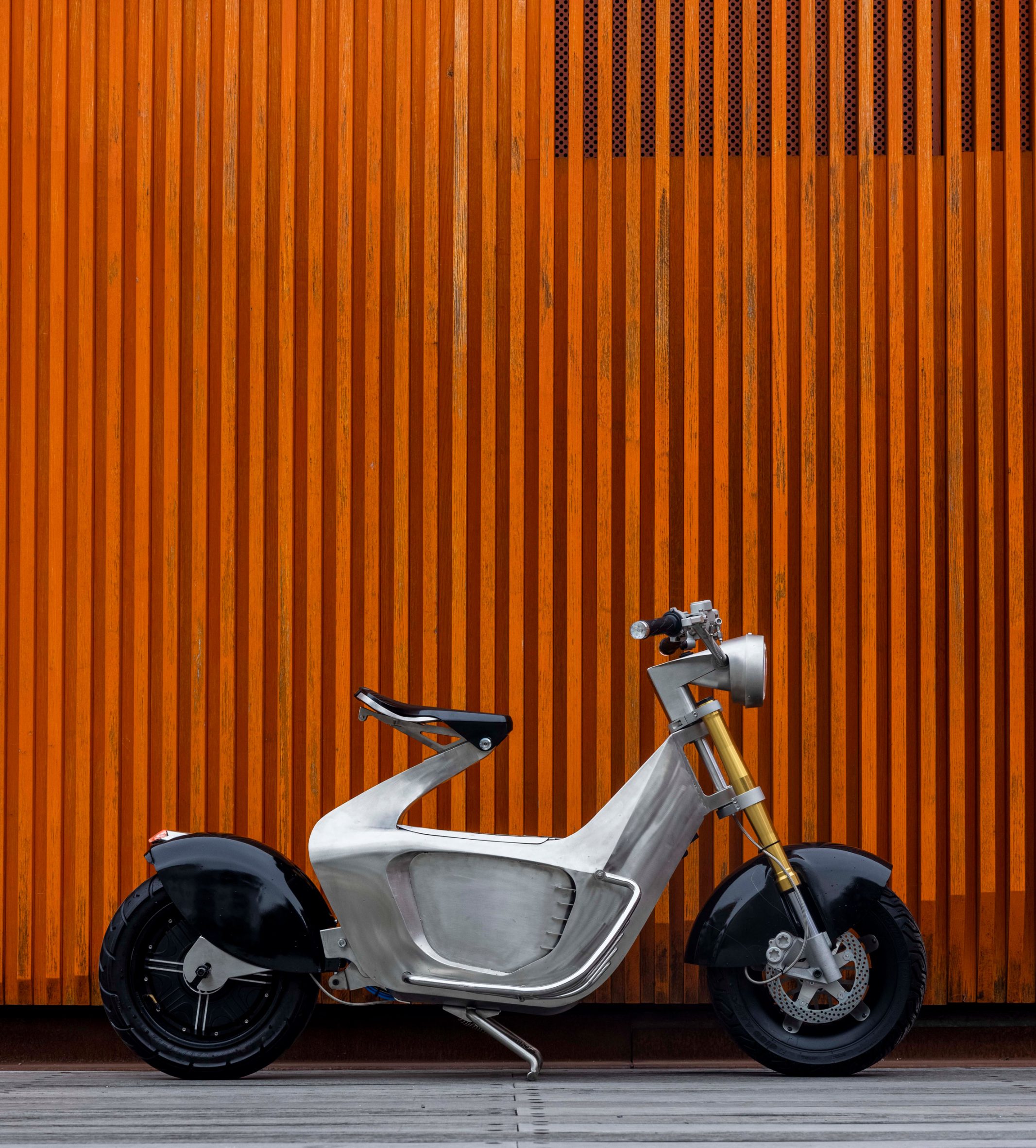 The scooter is made using a process dubbed "industrial origami"
The scooter is made using a process dubbed "industrial origami"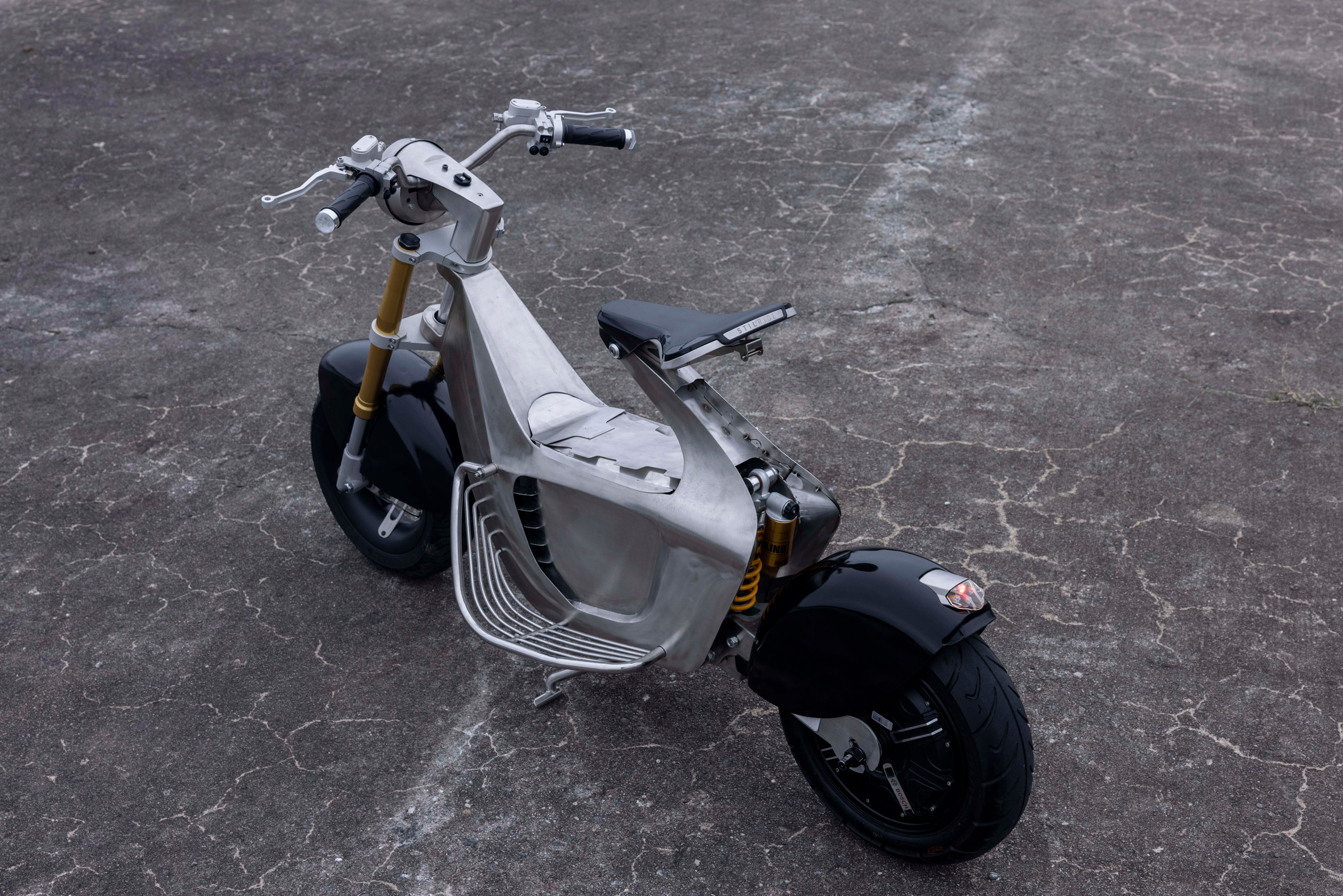 Curve folding is a well-established craft but has rarely been used in manufacturing
Curve folding is a well-established craft but has rarely been used in manufacturing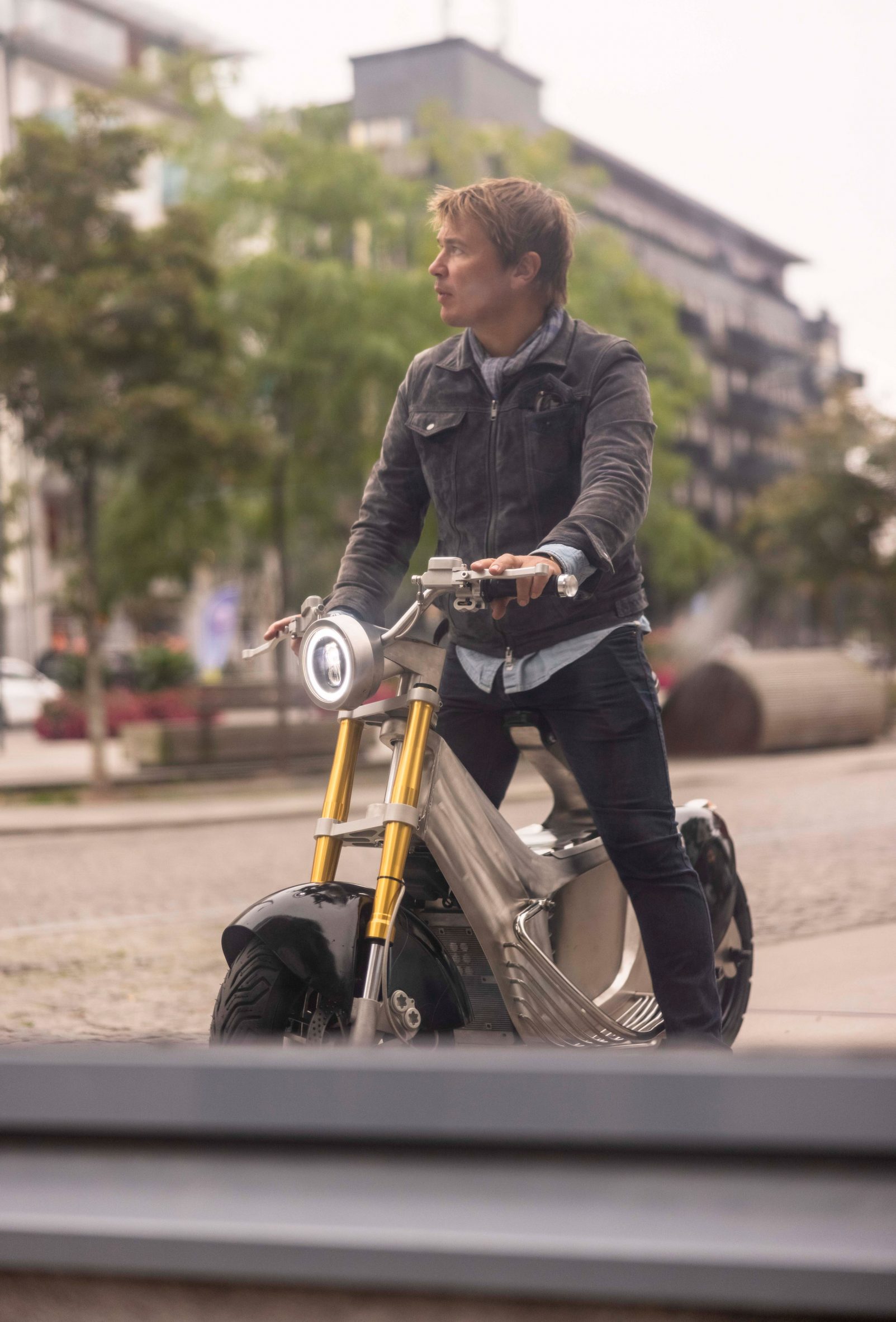 Stilride co-founder Tue Beijer said he hopes the SUS1 has the same "presence" as a Vespa
Stilride co-founder Tue Beijer said he hopes the SUS1 has the same "presence" as a Vespa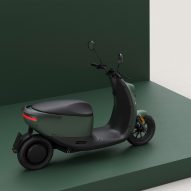
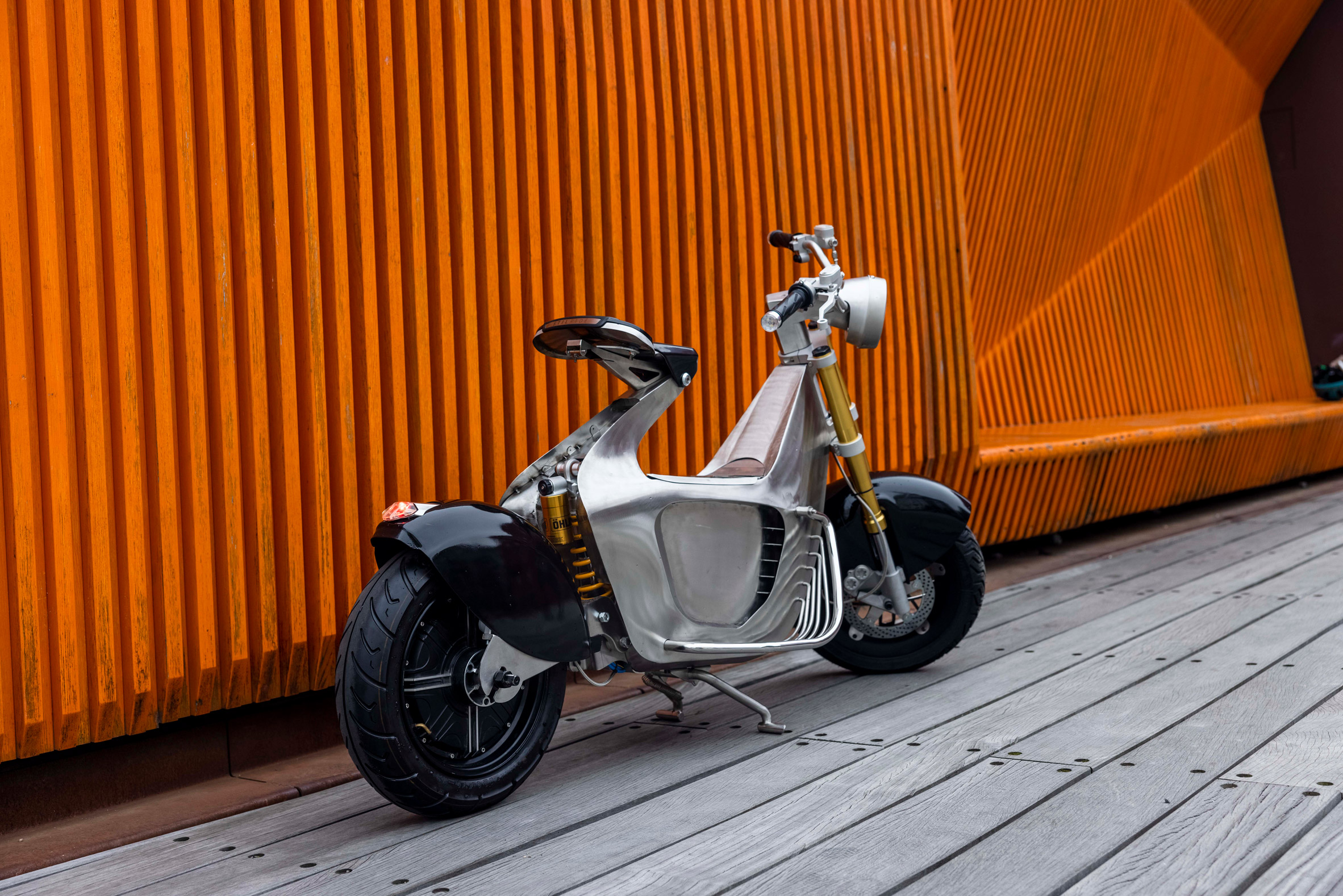 Stilride claims the small number of components makes its scooter more sustainable and better to ride
Stilride claims the small number of components makes its scooter more sustainable and better to ride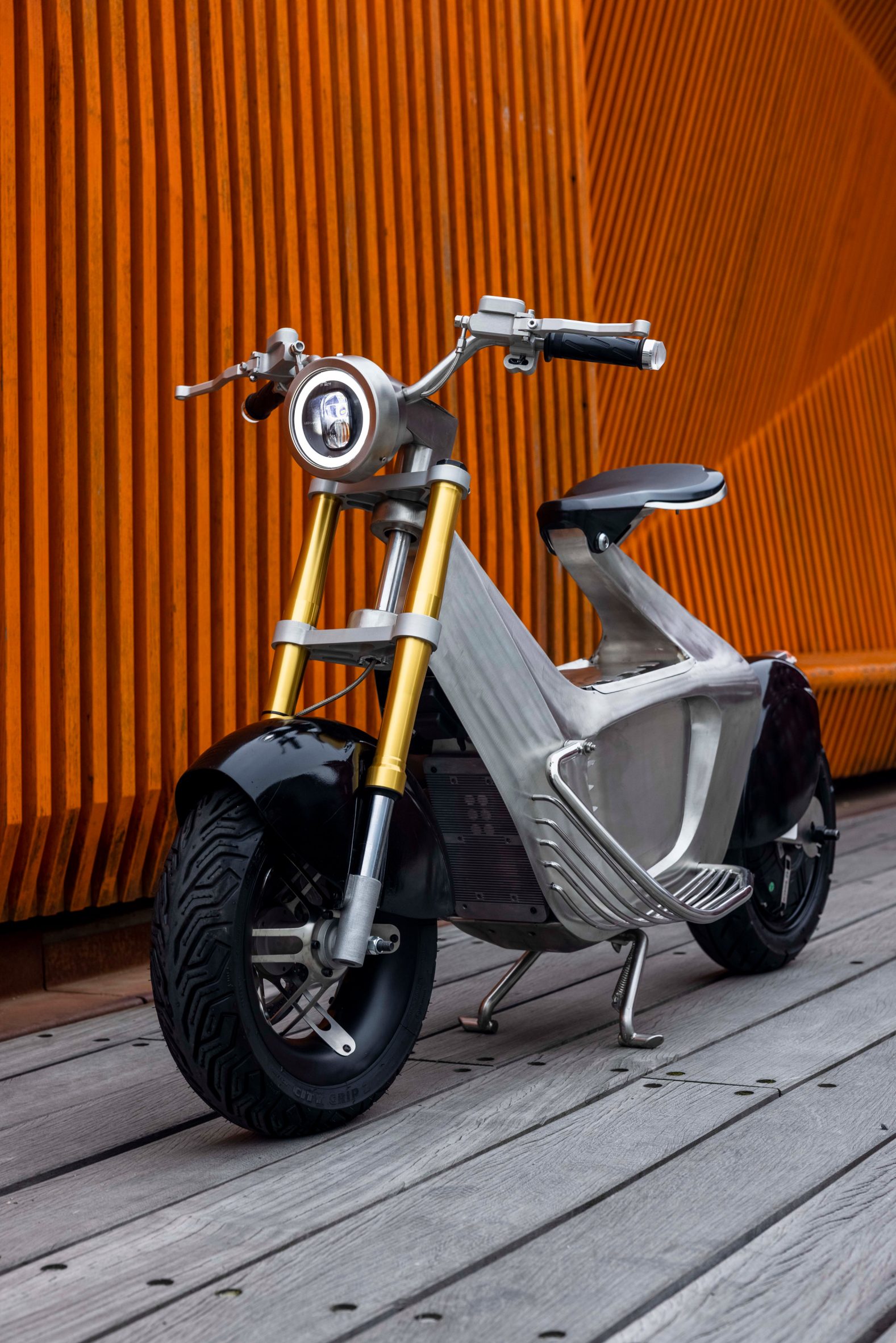 The SUS1 is set to be followed by cargo bikes and trailers built using the Stilfold tech
The SUS1 is set to be followed by cargo bikes and trailers built using the Stilfold tech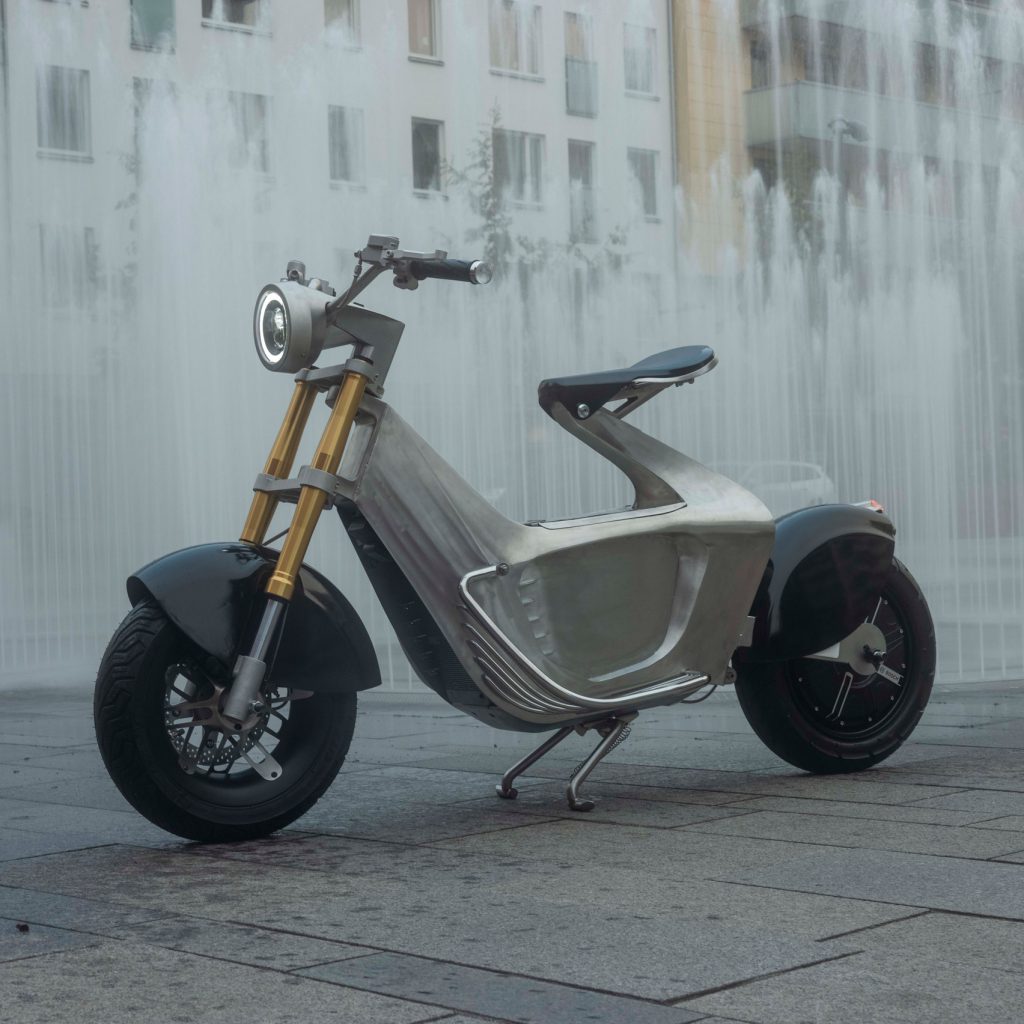


 Cake unveiled the Ösa AP in late January
Cake unveiled the Ösa AP in late January The Cake anti-poaching bikes are silent, making it easier for rangers to catch illegal poachers
The Cake anti-poaching bikes are silent, making it easier for rangers to catch illegal poachers The Ösa AP is joins the Kalk AP in Cake's Electric Bush Bike series
The Ösa AP is joins the Kalk AP in Cake's Electric Bush Bike series Cake says the Kalk APs have proved "super-efficient" for catching poachers
Cake says the Kalk APs have proved "super-efficient" for catching poachers Thanks to their solar-powered batteries, the bikes eliminate the need to transport fuel out into the bush
Thanks to their solar-powered batteries, the bikes eliminate the need to transport fuel out into the bush It is hoped that the anti-poaching initiative will help develop longer-lasting, more durable motorcycles for everyday uses
It is hoped that the anti-poaching initiative will help develop longer-lasting, more durable motorcycles for everyday uses Kalk AP was the first bike in Cake's Electric Bush Bike range
Kalk AP was the first bike in Cake's Electric Bush Bike range
 Cake has touted the Ösa as a portable and adaptable powered workbench
Cake has touted the Ösa as a portable and adaptable powered workbench